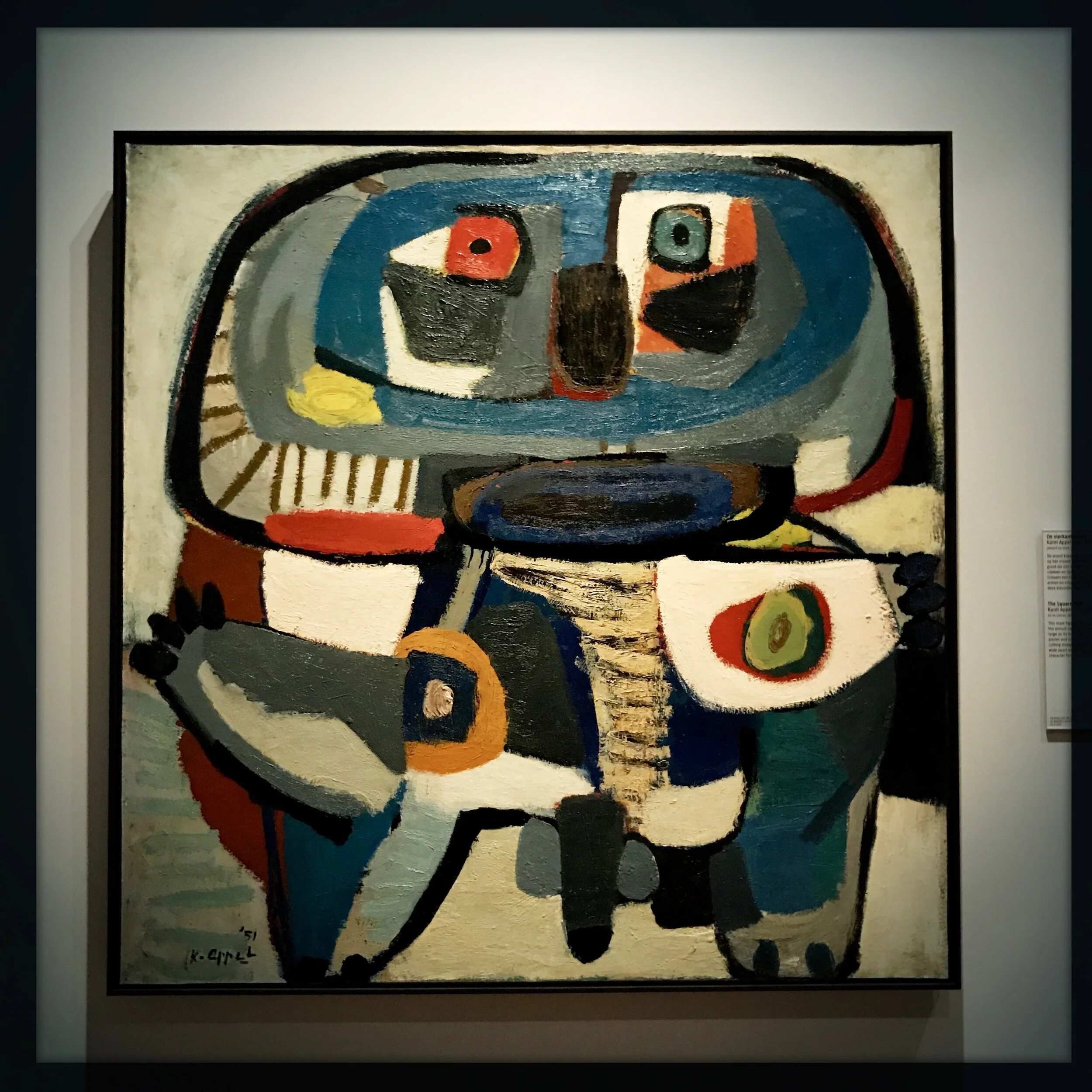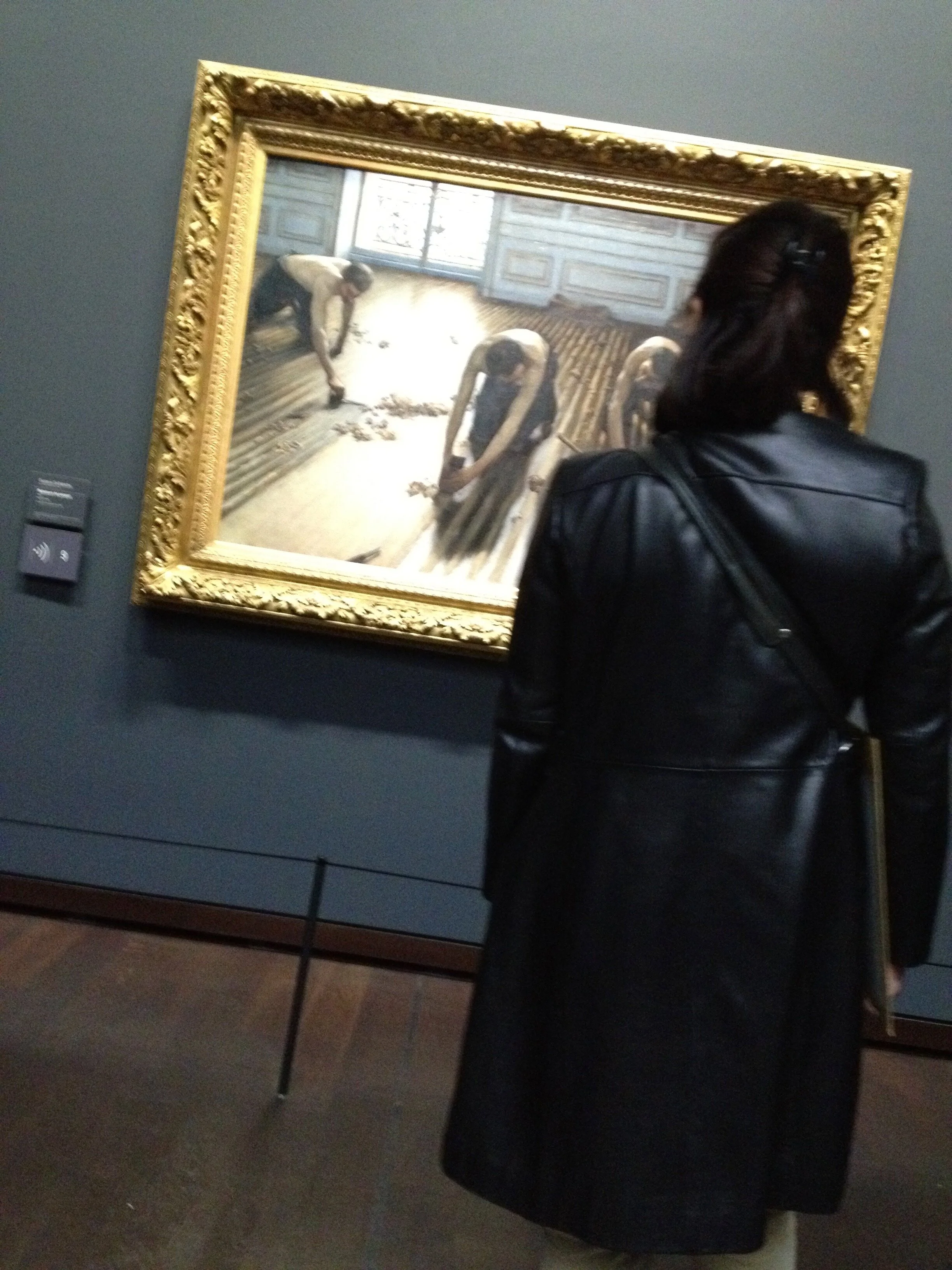Karel Appel at the Rijksmusuem
Rembrandt’s “The Night Watch”, 1642.
In September 2018 I had a chance to visit the renovated, restored, reorganized Rijksmuseum in Amsterdam. It was a business trip so I had very little time. I made the pilgrimage to the area that has been organized to exhibit the most well-known and widely beloved hits—dubbed “Hall of Honor” because there isn’t really any other criteria than popularity.
I paid homage and then had to decide between the Medieval wing and the modern wing (post WW2). This is was a tough call, but I went with modern knowing I was more likely to be surprised. Lots of great stuff there. In this post I want to share three nice paintings by Dutch Expressionist Karel Appel (1921-2006) and the astute descriptions provided by the curators.
The Square Man (oil on canvas, 1951). This male figure with a fierce gaze just barely fits into the almost square picture plane. Its head is about as large as its body. The composition is built up of flat planes and lines, which are intersected by a spine cutting straight through the body. Its arms spread wide apart and genitals boldly exposed, this colourful character forces itself on everyone. “
The Encounter (oil on canvas, 1951) From the tag: "Karel Appel painted spontaneously, without making preliminary studies, which explains why this composition just barely fits on the canvas, if at all. While painting he imagined a meeting fo exotic, brightly coloured creatures. Yet, the red, white, and blue in this painting have the same brightness as the colours of the Dutch flag.”
Child with Donkey (oil on canvas, 1949) The tag says “In 1949 the smouldering eyes of Appel’s figures of children caused a great deal of discomfort among the public. The silent reproach in their gazes even led to his wall painting “Questioning Children” in the Amsterdam city hall being covered over.
“Appel began painting children after a trip through post-war Germany. The misery of the often orphaned, hungry, and begging war children made an indelible impression on him.”









